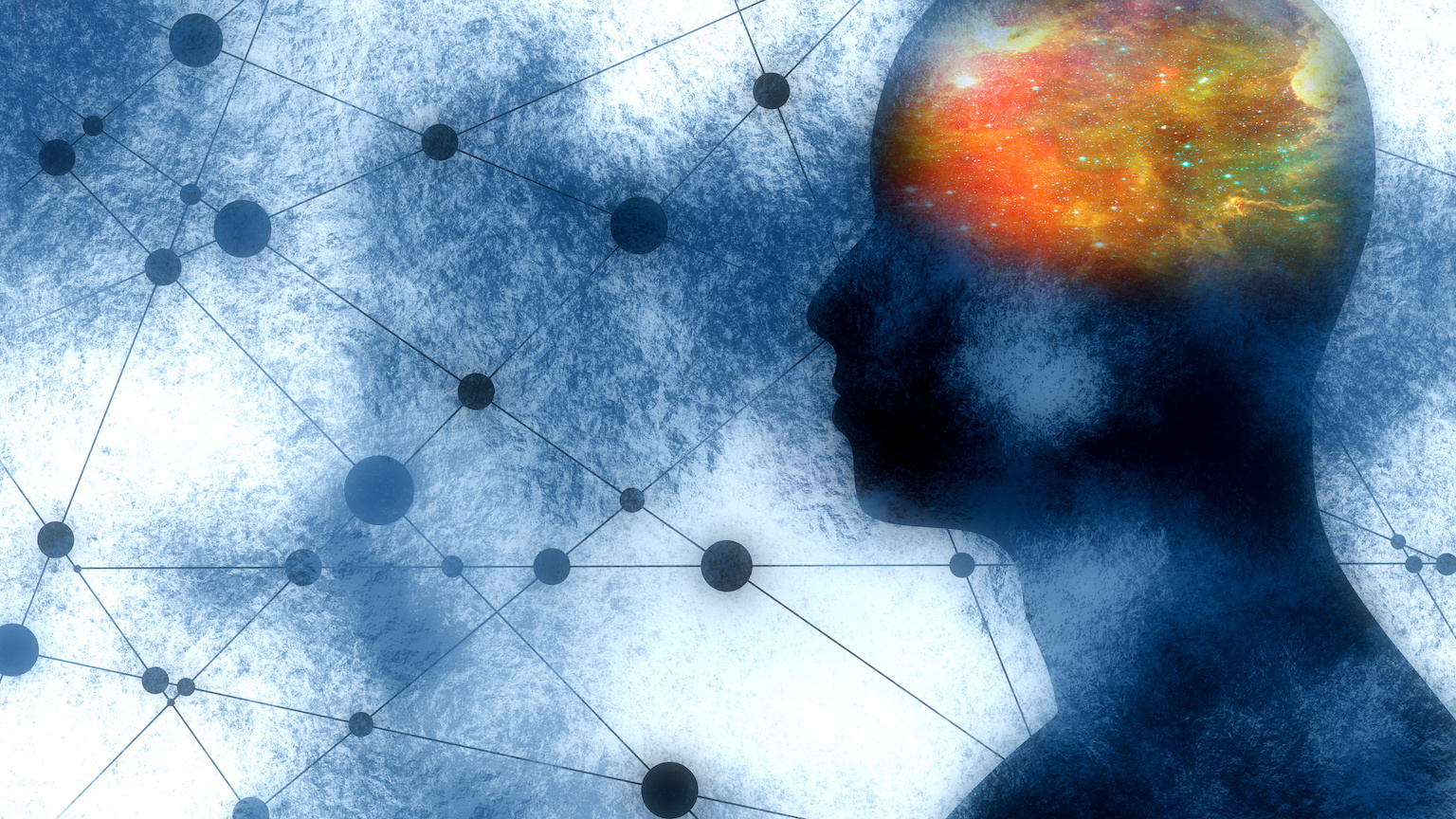If you don’t practice “emotion regulation,” be prepared to meet its evil twin

- The ability to move from an emotional state to a rational one is known as “emotion regulation.”
- When we don’t learn how to regulate our emotions, we end up wrestling emotion regulation’s evil twin: “emotion dysregulation.”
- Adverse childhood experiences (ACEs) can serve as barriers to developing emotion regulation skills.
Most of us, at one point or another, will experience moments when our emotions are in control, although this might look different for each one of us. When our emotions are in charge, it is nearly impossible to move forward with calm, cool logic. This ability to take back the wheel and go from an emotional state to a rational one is what researchers and clinicians refer to as emotion regulation.
Emotion regulation skills can be learned at any point in life, including childhood. When we’re children, our brains are developing rapidly, and we are constantly learning how to respond to our emotions. The way our caregivers treat us and manage their own emotions, as well as the general emotional climate of those around us, all play a role in determining whether or not we learn how to regulate our emotions. In a utopian world, we would have “perfect parents” and a “perfect household,” where parents teach us how to identify what we are feeling and help us learn to ride our emotional highs and lows with grace and mindfulness. In this ideal world, we would all learn that strong emotions are natural and that there is an entire, complex range of emotions, from happy to sad, with every shade in between. We would also learn that emotions themselves, even strong ones, aren’t necessarily bad! If we all had this knowledge, we would be able to understand that we can’t run away from strong emotions and that in fact it is best to bring them along, in the passenger seat of our cars, without letting them take the wheel of our lives.
But parents are just humans who are doing the best they can, with the skills that they either do or do not have in any given moment. As such, there is no family that can teach their children to “perfectly” handle strong emotions. (Besides, how boring would life be without screaming toddlers and their adorable, psychotic meltdowns?) And when we don’t learn how to regulate our emotions, we end up meeting emotion regulation’s evil twin, emotion dysregulation. Emotion dysregulation happens when our emotions become intense and we lack the skills to handle the situation.
Emotion dysregulation has been linked to unhealthy risk-taking, relationship challenges, and negative physical health outcomes. Researchers conducting a large international study with 12,461 participants who had an acute myocardial infarction (i.e., a heart attack) found that 14 percent of individuals reported being angry or emotionally upset one hour before symptoms began. After conducting additional analyses, the research team concluded that being angry or emotionally upset correlates with an increased risk of having a heart attack. Additional research studies have shown that anger is also associated with the increased likelihood of having a stroke. In other words, when our internal pressure cooker explodes from strong emotions, not only do we pay an emotional price but we may also pay a physical one!
For some of us, there are additional barriers we might have faced that can further hinder our ability to learn how to manage emotions. Childhood maltreatment is one example of a “double hit,” whereby the child faces increased stressors that cause intense emotions yet lacks an adult role model to demonstrate how to effectively respond to those emotions. A recent review of thirty-five studies found that children who experience maltreatment have fewer emotion regulation skills and are more likely to avoid in response to stressors later in life. When researchers tried to understand the brain processes related to maltreatment and emotion regulation, they found that adolescents who were maltreated as children actually recruit more parts of the prefrontal cortex to regulate their emotions than adolescents who were never maltreated as children. In other words, turning on the thinking brain to regulate emotions is actually a lot more work for children who experience maltreatment. Think of it like running ten miles—a marathon runner is going to be able to complete the run more easily (and with less effort) than someone who only runs when they’re late for the bus.
Being angry or emotionally upset correlates with an increased risk of having a heart attack.
Another more common barrier to developing emotion regulation skills is the experience of what researchers call adverse childhood experiences (ACEs). ACEs are events that happen between birth and seventeen years old that are potentially traumatic, such as household violence, physical or emotional abuse, and living with people who abuse substances or struggle with mental illness. According to the Centers for Disease Control and Prevention, approximately 61 percent of adults have experienced at least one ACE and 16 percent of adults have experienced more than four ACEs. ACEs are linked to chronic health conditions, mental health disorders, and substance use in adolescence and adulthood. For example, studies have shown that individuals who have experienced four or more ACEs are ten times more likely to use illicit drugs, four times more likely to have depression, and thirty times more likely to attempt suicide.
Since you’ve been learning about the malleable nature of the brain, you might not be surprised that a recent review of scientific literature has shown that ACEs also impact brain development. The review summarizes studies that show that ACEs are related to amygdala hyperactivity and hypertrophy—a fancy word for “enlargement.” This finding makes sense because we would expect someone with ACEs to have spent more time in fight, flight, or freeze mode—more time with the amygdala in charge—than people who aren’t facing constant threats. If the amygdala is in charge a lot, it’s going to get stronger and larger. And while the amygdala is bulking up, the prefrontal cortex is on the sidelines. Neuroscience findings from the review show that individuals with ACEs have less developed prefrontal cortices than individuals who haven’t had ACEs. I know this is a lot of science, but the bottom line is this: people who experienced ACEs have brains that have developed to react.





